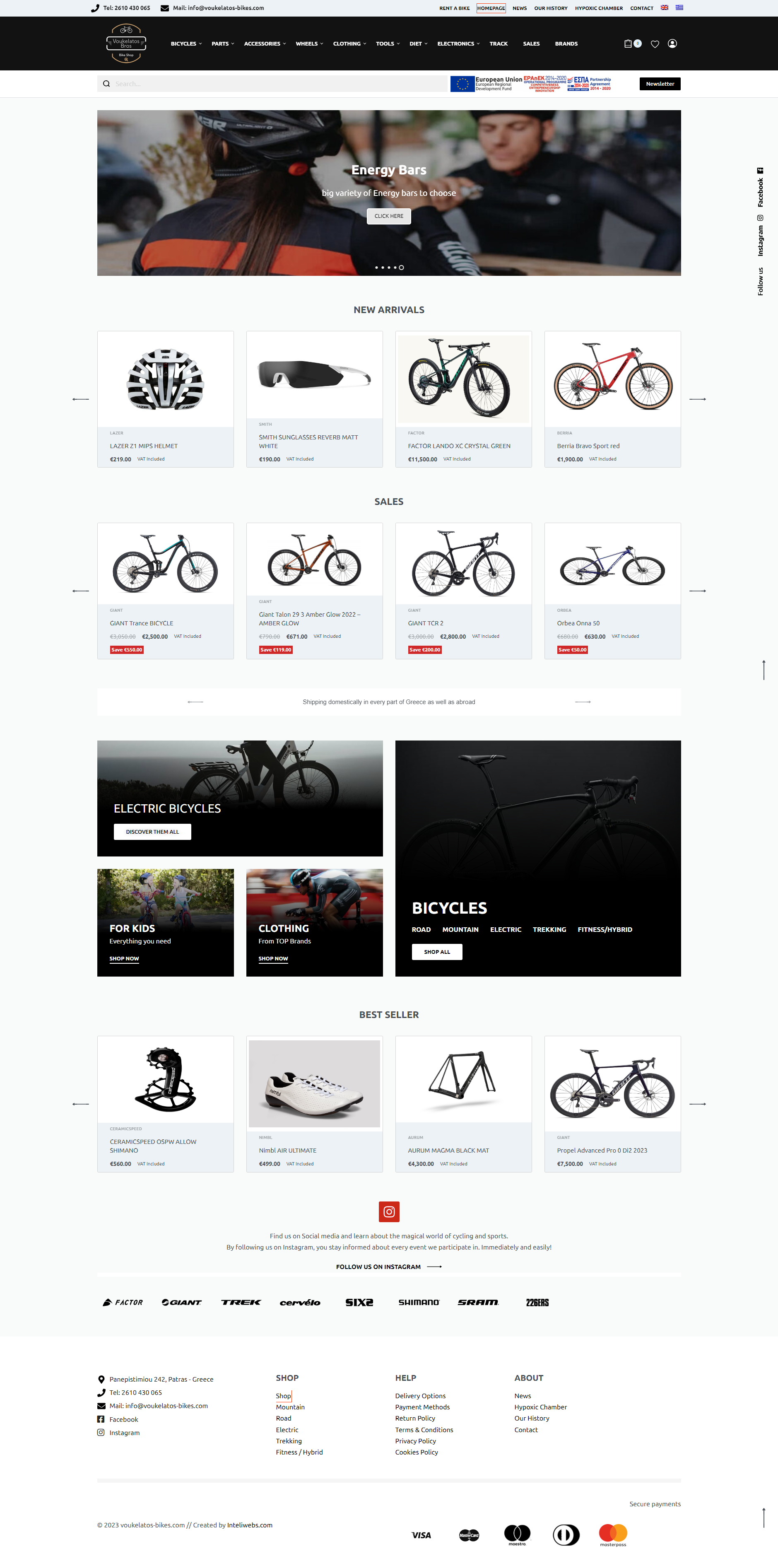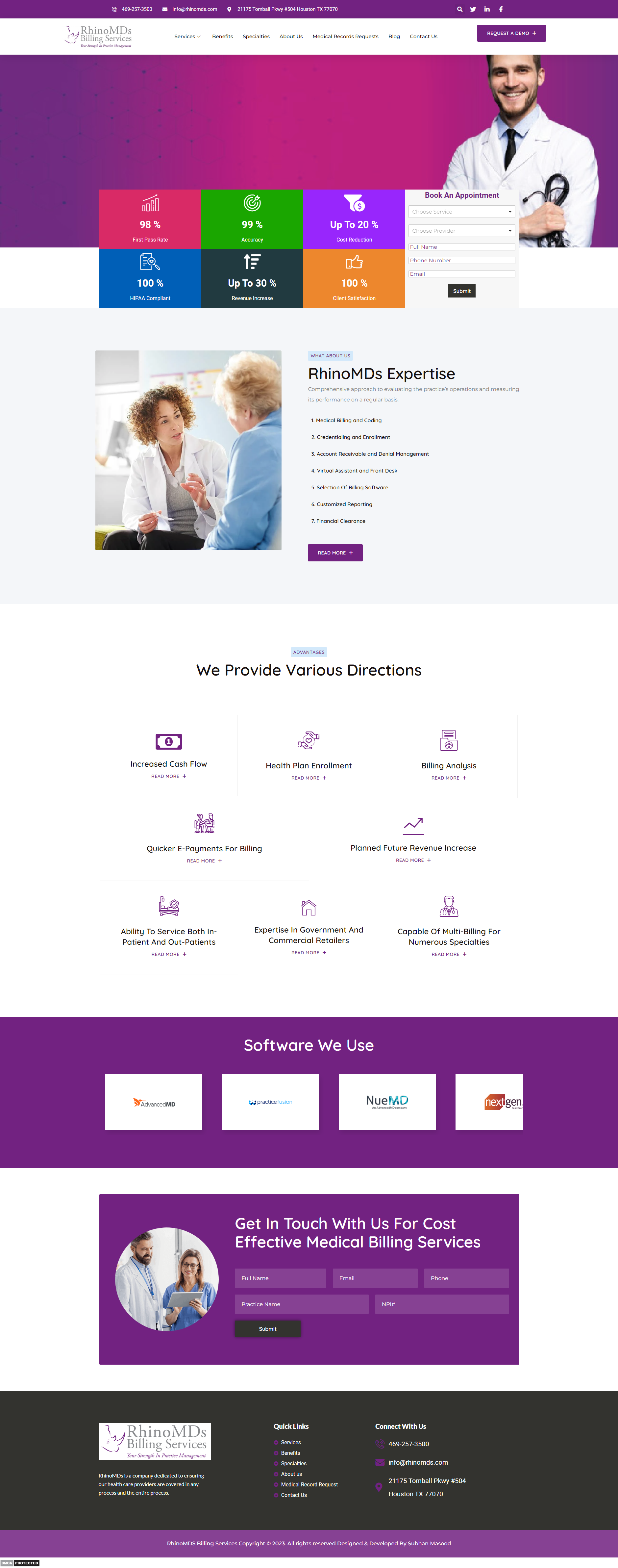Introduction
As a blogger, you put a lot of effort into creating valuable content for your audience. However, if your blog isn’t optimized for search engines, you may be missing out on valuable organic traffic. Search Engine Optimization (SEO) is the practice of optimizing your website and content to improve its visibility in search engine results.
Why SEO is important for bloggers
SEO is crucial for bloggers because it helps your content reach a wider audience. When your blog posts rank higher in search engine results, more people are likely to discover and visit your website. This can lead to increased traffic, engagement, and ultimately, more opportunities for monetization.
Keyword research
Keyword research is the foundation of any successful SEO strategy. By identifying the keywords and phrases that your target audience is searching for, you can optimize your content to match their intent. Start by brainstorming topics and keywords that are relevant to your blog niche. Then, use keyword research tools like Google Keyword Planner or SEMrush to find related keywords, search volumes, and competition levels.
On-page optimization
On-page optimization refers to the techniques you can apply directly on your blog posts to improve their visibility in search engine results. Here are some key elements to consider:
Title tags
The title tag is an HTML element that defines the title of a web page. It is displayed as the clickable headline in search engine results. To optimize your title tags, make sure they are descriptive, concise, and include your target keyword. Aim for a length of 50-60 characters to ensure they are fully displayed in search results.
Meta descriptions
Meta descriptions are brief summaries of your web page content. While they don’t directly impact search engine rankings, they can influence click-through rates. Write compelling meta descriptions that include your target keyword and entice users to click on your link.
URL structure
Having a clean and descriptive URL structure is important for both search engines and users. Include your target keyword in the URL and use hyphens to separate words. Avoid using numbers or irrelevant characters in your URLs.
Heading tags
Heading tags (such as H1, H2, H3) help search engines understand the structure and hierarchy of your content. Use H1 tags for your main blog post title and H2 tags for subheadings. This not only improves readability but also signals the importance of your keywords to search engines.
Keyword optimization
Strategically incorporate your target keyword and related terms throughout your blog post. However, avoid keyword stuffing, as it can negatively impact your rankings. Instead, focus on creating high-quality, informative content that naturally includes your keywords.
Technical optimization
Technical optimization involves improving the technical aspects of your website to enhance its visibility in search engine results. Here are a few key areas to focus on:
Website speed
Page speed is an important ranking factor. Optimize your website by compressing images, minifying code, and leveraging browser caching. Use tools like Google PageSpeed Insights to identify and fix any speed-related issues.
Mobile optimization
With the increasing use of mobile devices, it’s crucial to have a mobile-friendly website. Ensure your blog is responsive and provides a seamless user experience across different screen sizes. Google’s Mobile-Friendly Test can help you identify any mobile optimization issues.
Site structure
A clear and logical site structure helps search engines understand the organization of your content. Use categories, tags, and internal linking to guide both users and search engines through your website. This can improve indexing and crawling efficiency.
Content creation and promotion
Creating high-quality, valuable content is at the core of a successful blog. Here are some tips to optimize your content for SEO:
Quality over quantity
Focus on creating in-depth, well-researched content that provides value to your readers. Search engines prioritize quality content that answers user queries.
Use relevant keywords
Incorporate your target keyword and related terms naturally throughout your content. This helps search engines understand the context and relevance of your blog post.
Optimize images
Optimize your images by compressing them without compromising quality. Use descriptive file names and alt tags to help search engines understand the content of your images.
Promote your content
Share your blog posts on social media, engage with your audience, and build backlinks from authoritative websites. This can increase your blog’s visibility and improve its search engine rankings.
Monitoring and analysis
Monitoring your blog’s SEO performance is essential to identify areas for improvement. Use tools like Google Analytics and Google Search Console to track your organic traffic, keyword rankings, and user behavior. Analyze this data to make informed decisions and optimize your blog further.
Conclusion
SEO is a powerful tool for bloggers to increase their online visibility and attract more readers. By implementing the strategies mentioned in this guide, you can optimize your blog for search engines and improve its rankings. Remember, SEO is an ongoing process, so continue to monitor and refine your strategies to stay ahead in the competitive blogging landscape.




